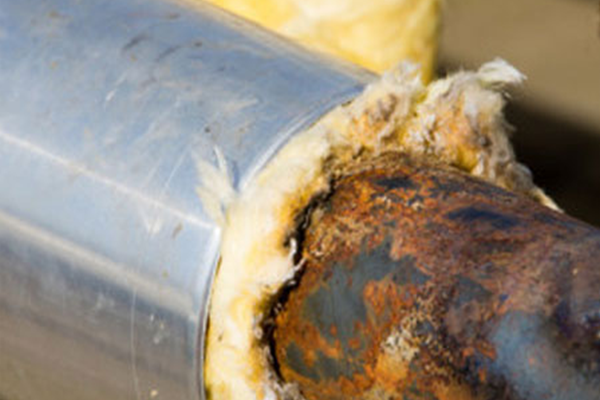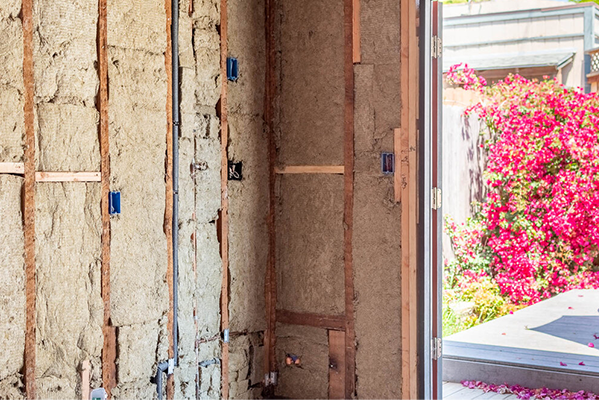One common issue for insulations is calculation of insulation’s thickness in the way that its surface’s temperature reaches to a determined level. For instance, we want to calculate the proper thickness of a reservoir’s insulation so that the inside temperature would be 300oC and its outer surface’s temperature reaches up to 80oC . Additionally, we know that the ambient temperature is 20oc. In steady-state of heat transformation, the quantity of heat flow inside insulation is equal to the heat which emits to the environment by Convection or Radiation Therefore:
Qins=Qsurf
(k/x).A.(Thot-Tsurf)=h.A.(Tsurf-Tamb)
X=(k/h).[(Thot-Tsurf)/(Tsurf-Tamb)]
Since it is hard to calculate an accurate value for h, normally, in the engineering literature, the ratio of k/h (which is the ratio of Thermal Conductivity and Combined heat transfer coefficient)is considered between 0.001 to 0.01.Consequently, if we have the temperatures for the environment and also we know the approximate estimation of k/h, it will be possible to calculate the insulation’s proper thickness.
Thot=300°C
Tsurf=80°C
Tamb=20°C
X=(0.0075)[(300-80)/(80-20)]≈0.0275m
However, it is noteworthy to mention the ratio of k/h is a function of material, thickness, and the surface area of insulation, and if possible it is better to specify the accurate ratio of k/h.





